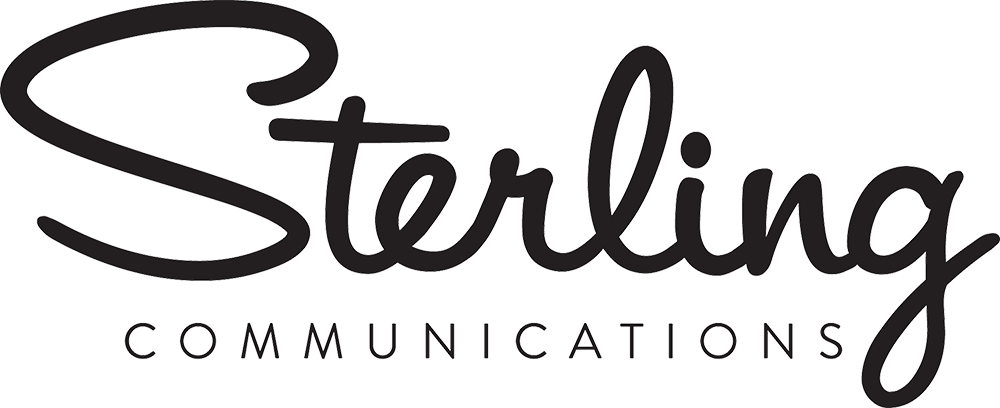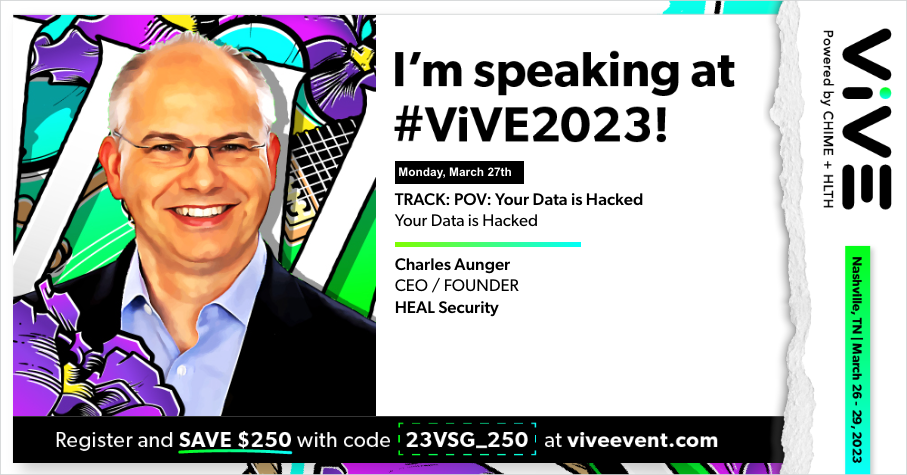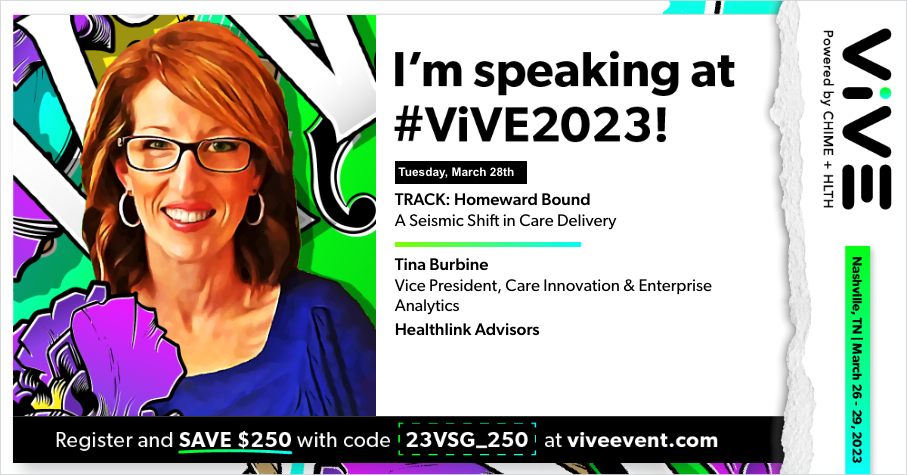Healthcare conferences are back, but landing keynote speaking slots now require burnishing thought-leadership credentials. Here’s how two health tech companies did it.
Previously, we touched on tips for planning live events in 2023. Let’s now examine speaking opportunities at other events — and how to get your name on high-visibility agendas.
As we see live (and hybrid) industry summits and conferences re-emerging from hiatus, event coordinators are looking for experts to deliver keynotes, speak on hot topics, populate panels, and spark engaging conversations amongst attendees.
But landing a slot on a conference agenda takes more than just submitting a snappy speaking submission. Establishing thought leadership credentials is generally prerequisite for successfully securing the spotlight.
A communications strategy that executes on reputation and brand building is one way Sterling helps clients establish those credentials.
Laying the groundwork
To be recognized and selected by event organizers to speak at high-profile venues, you need to put in time and effort to showcase your expertise across various channels well beforehand. Essentially, you have to give them something to Google when evaluating your suitability for their stages.
At Sterling, we help our clients earn top-tier speaking slots by cultivating a personal and professional brand. This involves a combination of collaborative work that includes social media networking, pursuing opportunities for publication, being quoted in the media, contributing to occupational forums, participating in professional organizations and events, and more.
Here are a few tips on how to build personal brand and thought leadership recognition to secure speaking slots at top-tier conferences:
Stand up: Determine an area of focus and own it
Share your expertise with contributed content development for op-eds, commentary in relevant outlets, and bylined articles in industry trade publications. We work with subject matter experts amongst our clients to get their names in print and amplify their ideas, experience, and positions on matters of importance in their fields. If editors find the output interesting enough to publish, then event planners are likely to find it interesting, too.
Stand out: Use your voice across multiple channels
Join the public conversation. When there’s a pertinent trending media topic, you can bet Sterling is hustling to share your insights with reporters and analysts and get you quoted in the news. It’s also great to participate in podcasts so people can get a sense of what you sound like, how you present your perspective, and hear anecdotes that make you memorable. Social media channels can also showcase your voice. Share relevant industry articles and offer your take on interesting developments. And make sure your LinkedIn profile is up to date with your most recent company messaging and an up-to-date bio (event organizers will look at your profile).
Stand for something: Be bold in your messaging
Don’t be afraid to take a position, defend it, debate, and engage. This does not mean courting controversy for the sake of clicks (no one needs another troll). But displaying an actual human personality is not a sin — it’s a virtue! Event coordinators want to see evidence that you have the requisite knowledge and expertise, but also that you’re willing to draw on it to converse frankly.
Making a well planned thought leadership journey gets you on the right track to speaking at the most impactful industry events.
Arriving at your destination
After laying the groundwork, your odds of taking the stage improve dramatically.
Case in point: One of the biggest conferences in the health tech space is ViVE, which brings together C-suite executives, senior digital health leaders and buyers, health startups and investors, government and solution providers to advance healthcare.
Sterling is proud to have two of our clients appearing on stage at ViVE 2023 in Nashville this month. How did we all do it? In addition to being brilliant in their fields and delightful individuals, they put in a lot of effort sharing their expertise and collaborating with Sterling to make it public. It got them (deservedly) noticed when it came time to set ViVE’s agenda! You can browse a selection of elements executed in their respective thought leadership journeys in the sidebar.
If you’re attending ViVE, you won’t want to miss these two sessions:
 Charles Aunger, Managing Director at Health2047, is speaking in a panel on healthcare cybersecurity frameworks on Monday, March 27, at 10:30 a.m.
Charles Aunger, Managing Director at Health2047, is speaking in a panel on healthcare cybersecurity frameworks on Monday, March 27, at 10:30 a.m.
POV: Your Data is Hacked (You Should Start Now)
Healthcare cybersecurity achieved a new high, averaging $9.23 million in costs for each breach and nearly 50 million health records being exposed or stolen in 2022. Frameworks can help, but how does the “always-on” cybersecurity leader eat the elephant with the abundance of frameworks available? NIST covers critical infrastructure. HIPAA regulates disclosure of data. CIS controls safeguard against cybersecurity threats. HITRUST helps with cloud service providers. COBIT delivers guidelines on governance and the ISACA framework. ISO 27001 provides a security management code of practice. And the list goes on. This carefully curated panel of experts will discuss moving beyond frameworks to put action into security.
Tina Burbine, VP, Care Innovation and Enterprise Analytics at Healthlink Advisors, is moderating a panel on the hospital-at-home model on Tuesday, March 28 at 10:30 a.m.
Homeward Bound (Honey, Health’s Home)
I want it all: Convenience and Safety, but can that happen in the comfort of your home? Studies report that up to $265 billion worth of healthcare can shift from facilities to homes by 2025. Likewise, the hospital-at-home (H@H) model has been shown to improve patient outcomes, reduce hospital readmissions, and lower healthcare inpatient costs. However, making H@H a cost-effective strategy has hard and soft considerations. The model requires an upfront technology investment and providers will likely see generated cost-savings reflected in decreasing, long-term reimbursement. There is also the loss of human touch with remote tools, or even the worry about access for those already marginalized. How can this model expand capabilities and increase access while addressing serious obstacles? The balancing act of convenience and safety is put to the test in this model, albeit data is promising. Listen to these leaders discuss how to navigate the fickle, segmented healthcare industry with this innovative delivery model.
Partnering with the right communications team is key to securing speaking engagements, increasing visibility, and building your brand. Reach out to us at go@sterlingpr.com if you’re interested in jumpstarting your thought leadership journey.



